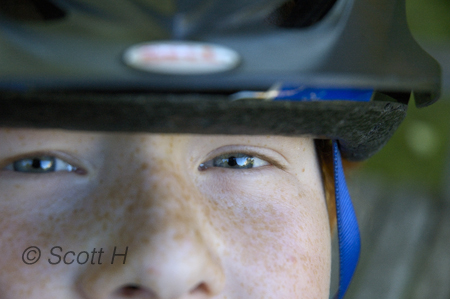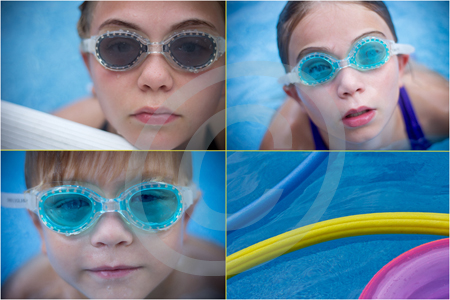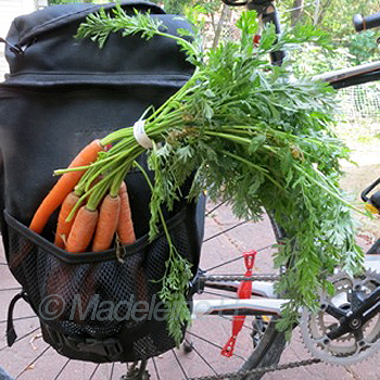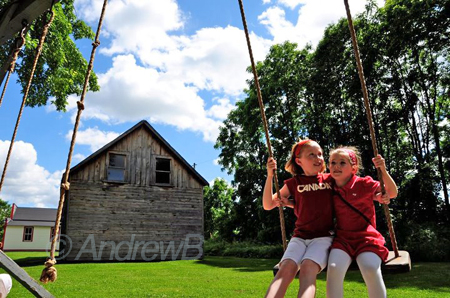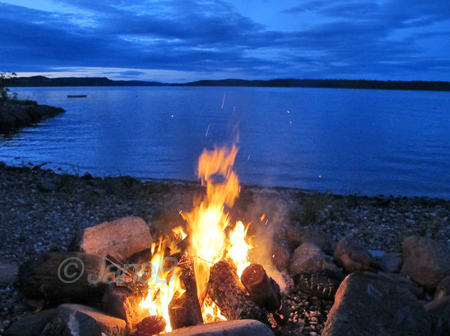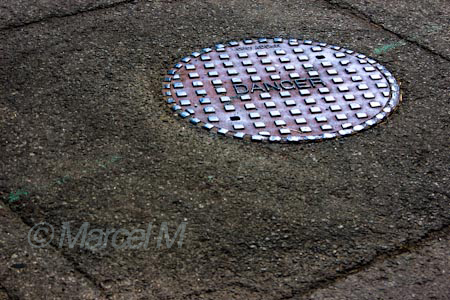I often get asked “What camera do you use?”
My usual answer is “It doesn’t matter.”
And it does matter to some degree, of course. But some people get more hung up on tech and ignore the skills needed to make it perform.
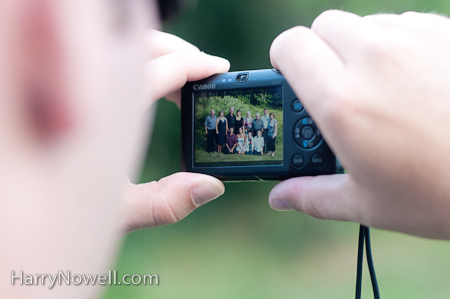
Point and shoot cameras
I’ve waited for the right time to upgrade equipment. I have many good cameras but had specific requests for any new camera:
• large file size capability
Large file size means little unless you want to print BIG – it’s not often I need to print big for commercial or editorial clients but I want the possibility for artwork like Watershed. Watershed is shot mostly on medium and large format film because of the large amount of data from 6×7 and 4×5 film.
• High iso capability
Gives way more versatility for event coverage. This feature has been around for a while but not necessarily in tandem with my other wants/needs.
• Video capability
A new tool that boosts what I can offer. We’ve started offering video based newsletters. This summer we also started offering video critique and lessons via our Online Photo Program.
… There are many other features on cameras that are pitched to help entice buyers. Often the features are over-rated. 11 frames per second? Hmm. I’ve almost always shot single shot – it takes practice to time the click. Many features I turn off.
The one feature no camera has so far built in are the skills needed to use the camera effectively. For the last ten years manufacturers have promised “easy, easier, easiest.”
It takes time and patience… A few years ago I was contacted by someone who wanted to start a photo business – quickly: “I want you to teach me everything in two weeks.”
I taught her the fundamentals class and she quickly learned, like any trade, it takes years to get a modest base of skills.
Ok, so what camera did I buy?
It doesn’t really matter. It’s good and will help my work. But my old skills are what keep me going, photographically.
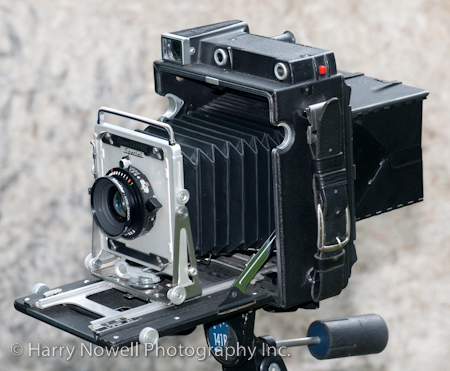
Graflex - cutting edge technology in 1930s


